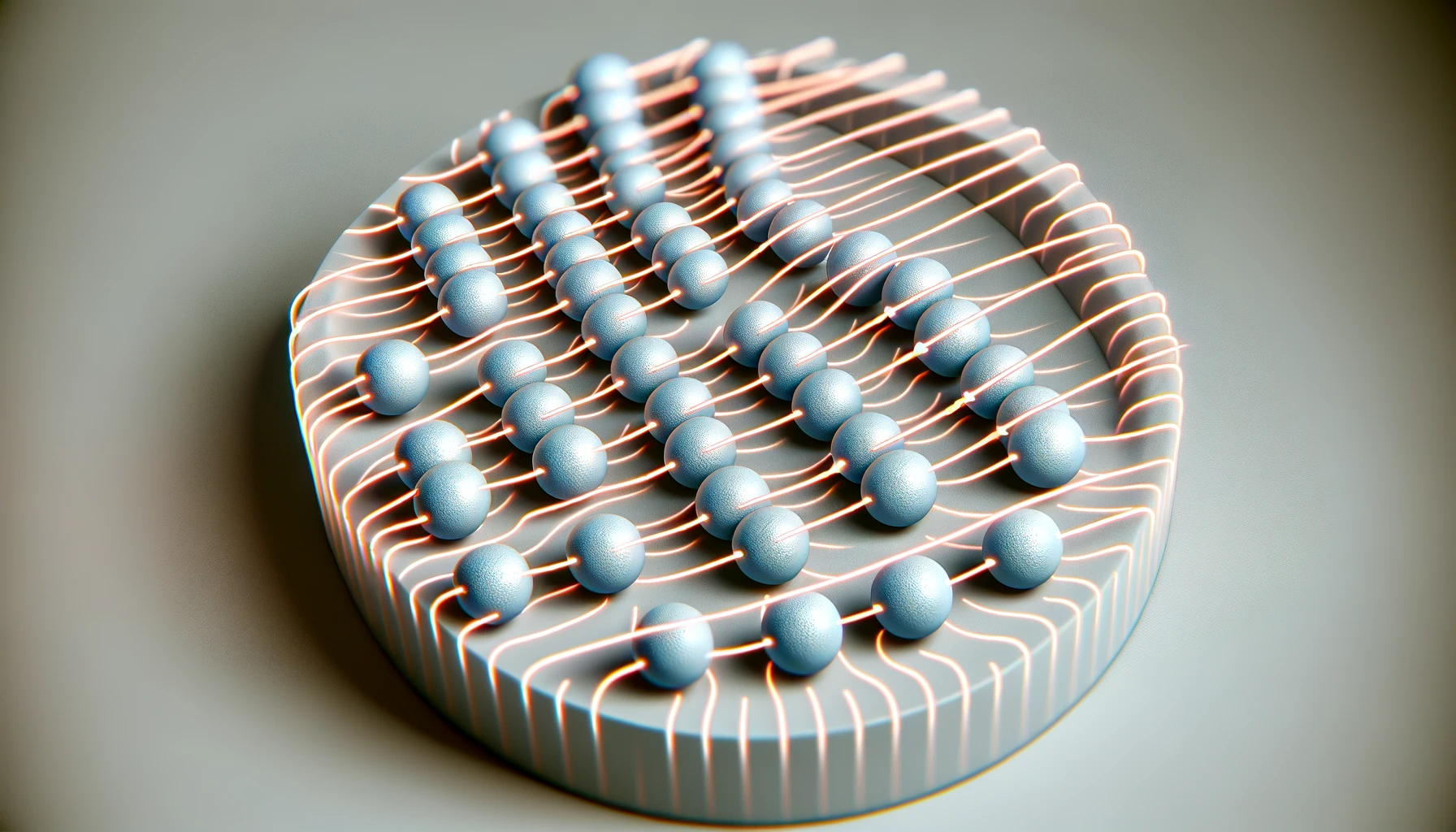In the realm of regenerative medicine, understanding how external factors influence stem cell behavior is crucial. A groundbreaking study titled “Static Magnetic Fields Regulate T-Type Calcium Ion Channels and Mediate Mesenchymal Stem Cells Proliferation” delves into the intriguing world of how static magnetic fields (SMFs) can regulate cellular activities. This blog post will explore the study’s methodology, findings, and the potential implications for future medical treatments.
Study Overview
The research conducted by a team of scientists focused on mesenchymal stem cells (MSCs), known for their ability to differentiate into a variety of cell types. The study aimed to understand how SMFs affect the proliferation of these cells by regulating T-type calcium ion channels.
Methodology
- Cell Cultures: Human mesenchymal stem cells were cultured and exposed to SMFs of varying intensities.
- Observation: Researchers observed changes in the behavior of T-type calcium ion channels under different magnetic field strengths.
- Analysis: The proliferation rate of MSCs was analyzed, alongside the expression of specific genes related to the T-type calcium ion channels.
Key Findings
- Enhanced Proliferation: MSCs exposed to SMFs showed a significant increase in proliferation. This suggests that SMFs can positively influence stem cell growth.
- Regulation of Ion Channels: The study found that SMFs modulate the activity of T-type calcium ion channels, which are essential for various cellular functions.
- Gene Expression: Changes in gene expression related to these ion channels were observed, highlighting a genetic basis for the response to SMFs.
Implications for Medical Science
- Regenerative Medicine: The ability of SMFs to enhance MSC proliferation opens new avenues in regenerative medicine, potentially aiding in tissue repair and regeneration.
- Non-invasive Treatments: The use of SMFs as a non-invasive method to stimulate stem cell growth could revolutionize certain treatment protocols.
- Understanding Cell Behavior: This study contributes significantly to our understanding of how external physical factors can influence cellular behavior and gene expression.
the observation that the organization of cells aligns with magnetic field lines when the field geometry is altered is a fascinating aspect of the study. This phenomenon can be elaborated as follows:
Elaboration on Cell Alignment with Magnetic Field Lines
Understanding the Phenomenon
- Magnetic Field Influence: The study demonstrates that when the geometry of the static magnetic field (SMF) is changed, it exerts a directional influence on the cells.
- Cellular Orientation: Mesenchymal stem cells (MSCs) tend to align themselves along the lines of the magnetic field. This alignment indicates that the cells are responsive to the magnetic field’s orientation and strength.
- Field Geometry: The term ‘field geometry’ refers to the spatial arrangement and direction of the magnetic field lines. Altering this geometry means changing how these lines are oriented in relation to the cells.
Mechanism Behind Cell Alignment
- Cellular Structures and Magnetic Fields: Certain cellular structures, like the cytoskeleton, are sensitive to external physical cues. Magnetic fields can influence these structures, guiding the overall orientation of the cell.
- Magnetoreception: Cells may possess a form of ‘magnetoreception,’ allowing them to detect and respond to magnetic fields. This is akin to how certain migratory animals navigate using Earth’s magnetic field.
- Bioelectromagnetic Interactions: At the cellular level, magnetic fields interact with ions and charged particles, influencing cellular processes and organization.
Implications of Cell Alignment
- Tissue Engineering: Understanding and harnessing this alignment could be crucial in tissue engineering, where the spatial organization of cells is key to forming functional tissues.
- Directed Regeneration: By manipulating field geometry, it might be possible to guide the regeneration of tissues in specific patterns, enhancing the effectiveness of regenerative therapies.
- Stem Cell Research: This phenomenon adds a new dimension to stem cell research, offering insights into how physical forces can be used to direct stem cell behavior.
Concluding Thoughts
The study’s observation that MSCs align with magnetic field lines when the field geometry changes is not just a novel scientific finding; it opens up a realm of possibilities in biomedical applications. This discovery enhances our understanding of how physical forces like magnetic fields can be harnessed to influence cellular behavior and tissue formation, potentially revolutionizing approaches in regenerative medicine and tissue engineering.
As we continue to explore these interactions, we can expect to uncover more ways in which physical forces can be utilized to guide cellular processes, offering new strategies in medical treatments and therapies.
The research on static magnetic fields and their impact on mesenchymal stem cells presents an exciting potential for medical applications. It underscores the importance of exploring non-chemical, non-invasive ways to manipulate and utilize stem cells for therapeutic purposes. As we continue to decode the mysteries of cellular behavior under varying physical conditions, we edge closer to breakthroughs in regenerative medicine and beyond.
References
- “Static Magnetic Fields Regulate T-Type Calcium Ion Channels and Mediate Mesenchymal Stem Cells Proliferation.” Study Link
This study represents a significant step in understanding the complex interactions between physical fields and biological systems, offering hope for innovative treatments in the future.








